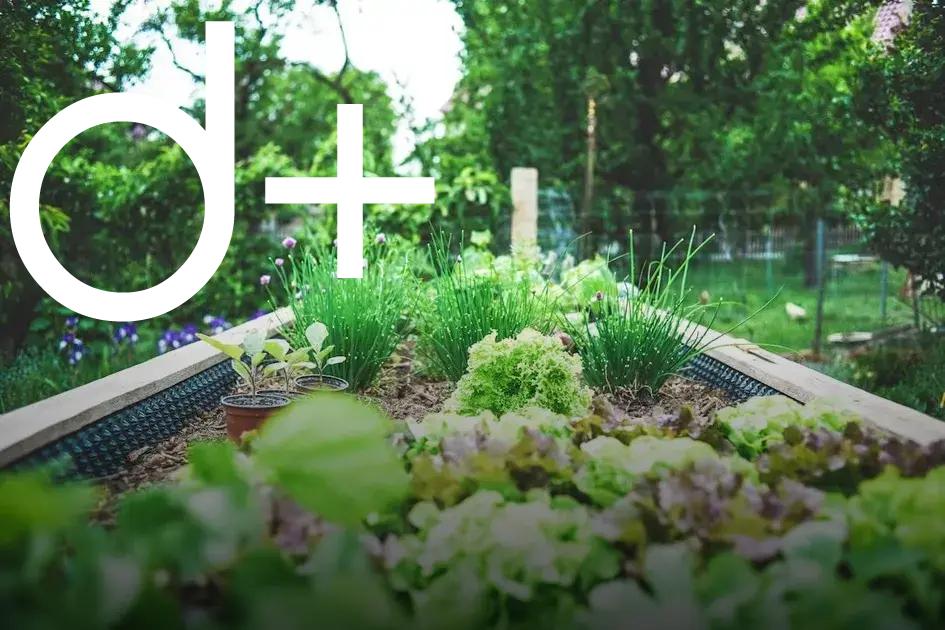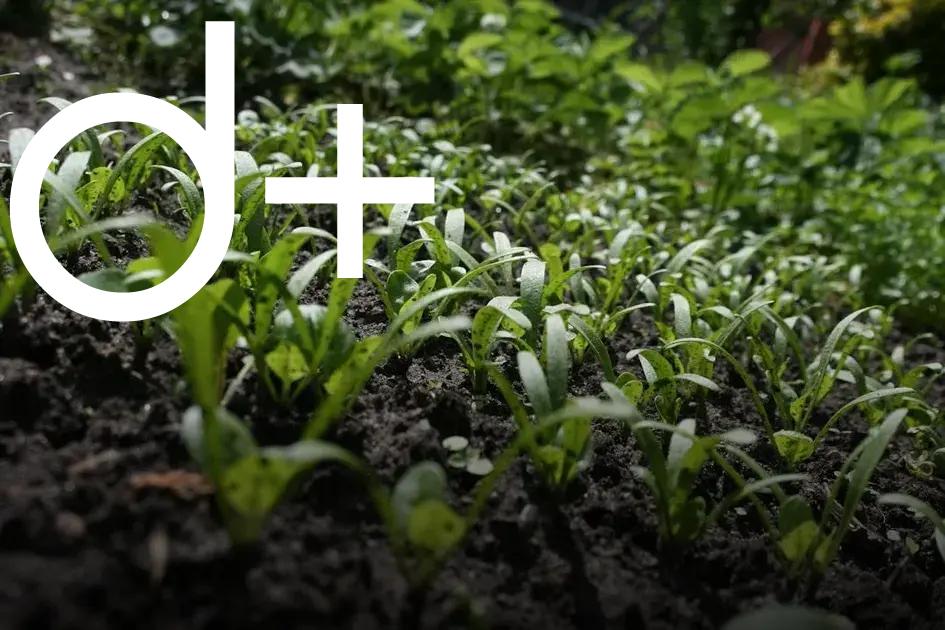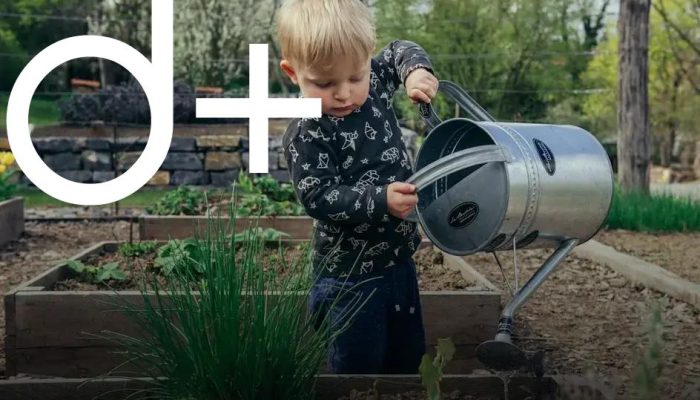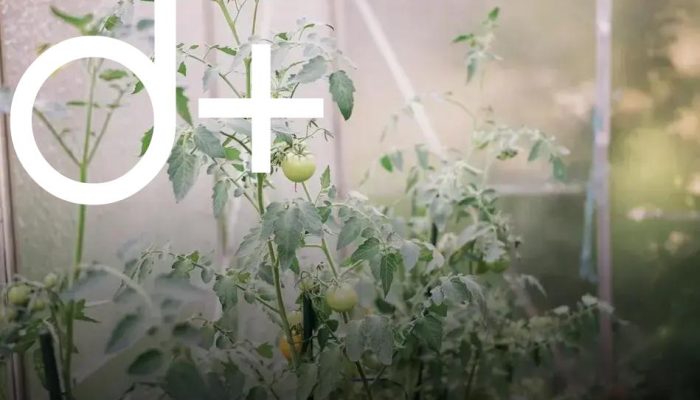Embarking on the journey of creating a low-maintenance flower garden can be both exciting and rewarding. By selecting the right plants suited for easy care, you ensure a vibrant garden without the constant upkeep. Understanding efficient watering techniques and soil preparation can drastically reduce your gardening workload. With the correct mulching, weed growth is minimized, allowing more time to enjoy your garden’s beauty. This guide will walk you through essential tips, focusing on simplicity and effectiveness in garden care. Let’s dive into the essentials of maintaining a beautiful yet simple flower garden.
Choosing the Right Plants
When you are selecting plants for a low-maintenance flower garden, consider species that thrive in your climate and soil type. Native plants are often an excellent choice as they are well-adapted, require less water, and are more resistant to local pests.
Perennials over Annuals
Perennial plants can save both time and effort. They come back each year, reducing the need for replanting. Choices like lavender, daylilies, or sedum are popular for their low maintenance nature.
Drought-Tolerant Varieties
Opt for drought-tolerant plants such as succulents or sages. These variants demand less frequent watering and are generally hardier in various conditions.
Companion Planting
Consider planting species that complement each other. For instance, some flowers naturally repel pests that might harm other plants. This approach can reduce the need for chemical interventions.
Soil Preparation Basics

To start your journey towards a low-maintenance flower garden, understanding the basics of soil preparation is essential. A well-prepared soil sets the foundation for plant health and resilience. Begin by testing the pH level of your soil. Most flowers prefer a pH between 6.0 and 7.0, so make adjustments as necessary using lime to raise pH or sulfur to lower it.
Next, amend the soil with organic matter. This could be compost, aged manure, or peat moss. These materials not only improve the soil structure but also enhance its water retention and nutrient content. For sandy soils, these amendments help hold moisture, while clay soils benefit from improved drainage.
Loosening the soil is another important step. Use a garden fork or tiller to break up compacted areas. This encourages root growth and allows better penetration of air and water. Aim to till to a depth of about 12 inches for optimum results.
Cultivating Healthy Soil
Create a balanced ecosystem by incorporating beneficial organisms. Earthworms, for instance, aerate the soil naturally as they burrow, improving its texture and nutrient content. You can introduce these creatures into your garden to promote a vibrant growth environment.
As you prepare your soil, consider setting up raised beds or creating mounds if drainage is a concern. These structures allow excess water to escape, preventing root rot and other water-related issues.
Maintaining Soil Health
Once the initial preparation is done, maintaining healthy soil is crucial. Regularly add mulch or cover crops to protect the soil from erosion and retain moisture. These practices not only conserve nutrients but also reduce the need for frequent watering and discourage weed growth.
By investing time into soil preparation upfront, you’ll pave the way for a thriving, low-maintenance flower garden that demands minimal effort throughout the year.
Efficient Watering Techniques
Implementing efficient watering techniques is crucial for a low-maintenance flower garden. Begin by establishing a consistent watering schedule. This helps your plants adjust to a regular moisture balance and reduces the need for frequent intervention. Utilize drip irrigation systems or soaker hoses, which deliver water directly to the base of the plants, minimizing evaporation and runoff.
Consider the use of rain gauges, as they help monitor natural rainfall, ensuring your garden doesn’t receive excessive moisture. Efficient watering also means understanding the specific needs of your plants. Some may prefer dry conditions, while others require more consistent irrigation.
Another strategy is to water early in the morning. This reduces water loss due to evaporation and gives plants sufficient time to dry before cooler evening temperatures, which helps prevent diseases. Sustainable methods, like collecting rainwater, can further boost your garden’s hydration system without taxing natural resources.
Mulching for Minimal Weed Growth

Creating a low-maintenance flower garden requires effective strategies, and one of the best ways to minimize weeds is by using mulching techniques. Mulching involves covering the soil surface with a protective layer of material. This can include organic options like bark, wood chips, or straw, and inorganic choices such as black plastic or landscape fabric.
Using mulch helps suppress weed growth by limiting sunlight exposure, which prevents weed seeds from germinating. This also helps retain soil moisture, reducing the need for frequent watering. Moreover, as organic mulch breaks down over time, it adds beneficial nutrients back into the soil, promoting plant health.
Applying an even layer of 2 to 4 inches of mulch around your plants and garden areas can significantly reduce the time spent weeding. It’s essential to avoid piling mulch directly against flower stems or tree trunks, as this can lead to rot and pest issues.
Regularly replenishing mulch as it decomposes ensures sustained protection against weeds. Each spring or fall, consider adding a fresh layer to maintain its efficacy. This simple yet effective practice not only keeps weeds at bay but also improves your garden’s appearance and overall sustainability.
Seasonal Garden Maintenance Tips
Staying on top of seasonal maintenance is crucial for fostering a low-maintenance flower garden. Each season brings its own set of tasks, but with a bit of planning, you can minimize labor and maximize beauty.
In the spring, focus on tidying up your garden. Remove any dead or damaged growth from the previous year and clear away debris that could stifle new growth. This is also the time to check for pests and diseases, as addressing them early can prevent bigger issues later.
During the summer, aim to maintain a regular watering schedule. It’s crucial to water deeply but infrequently to encourage root growth. Check for any signs of disease or pests since warm weather can accelerate their spread. Keep an eye on mulch levels and replenish as needed to help retain soil moisture.
Autumn is the perfect time to prepare your garden for the colder months. Cut back perennial plants to promote healthy growth in the spring, and plant any new perennials or spring-flowering bulbs. Raking up fallen leaves helps prevent fungal diseases, such as mildew, and rot from setting in.
Finally, in the winter, take preventions against frost damage by providing adequate mulch coverage and protecting sensitive plants with covers. Use this time to plan for the coming spring, assess which plants thrived and which didn’t, and make adjustments as needed for the next season.
By following these tips throughout the year, your garden can be both beautiful and manageable, requiring minimal input but rewarding you with a vibrant display season after season.







![BANNER 1 - HOME [QUADRADO]](https://dailyfindinvestment.com/wp-content/uploads/2025/01/BANNER-300-X-300.gif)
